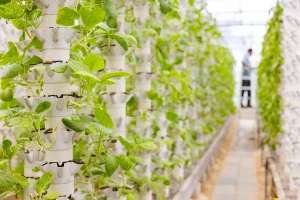Water is the fundamental source of life and production. The agricultural sector is one of the areas that consumes this resource the most. Today, increasing population, climate change, and drought make it imperative to use agricultural water more efficiently. This is because water resources are limited, while agricultural needs are constantly increasing. Therefore, conserve water in agriculture has become not only an economic necessity but also an environmental one.
It is possible to reduce water consumption through effective irrigation methods, soil moisture management, proper plant selection, and conscious planning. In addition, modern technologies increase efficiency by offering farmers measurement and control advantages. Conserving water in agriculture also strengthens food security.
In this article, we will take a step-by-step look at effective measures that can be taken to save water in agriculture. With real examples, practical solutions, and useful tips, you will learn how to transition to a sustainable approach to agriculture.
Contents
- The Importance of Water Resources in Agriculture
- Causes of Water Waste in Agriculture
- Effective Irrigation Systems and Technologies
- Soil Moisture Management and Measurement Technologies
- Plant Selection for Combating Drought
- Rainwater Harvesting and Storage Solutions
- Agricultural Planning and Conscious Water Management
- Water Conservation Training for Farmers
- Summary
- FAQ – Frequently Asked Questions
The Importance of Water Resources in Agriculture
Agriculture is one of the sectors most dependent on water. Plants need water for growth, photosynthesis, and yield. However, each region’s water capacity is different. In Turkey, approximately 70% of water resources are used in agriculture. This ratio clearly demonstrates the importance of water management.
The Relationship Between Agriculture and Water
Productive agriculture depends on the use of water at the right time and in sufficient quantities. For example, hardy crops such as wheat can grow with less water, while corn or cotton require more water. If irrigation is uneven, both yield and soil salinity decrease.
💡 Tip:
- Consider regional climate data.
- Plan according to plant water needs.
- Regularly monitor rainfall rates.
Common mistake: Farmers often give plants “too much water.” However, excess water causes roots to suffocate and leads to disease.
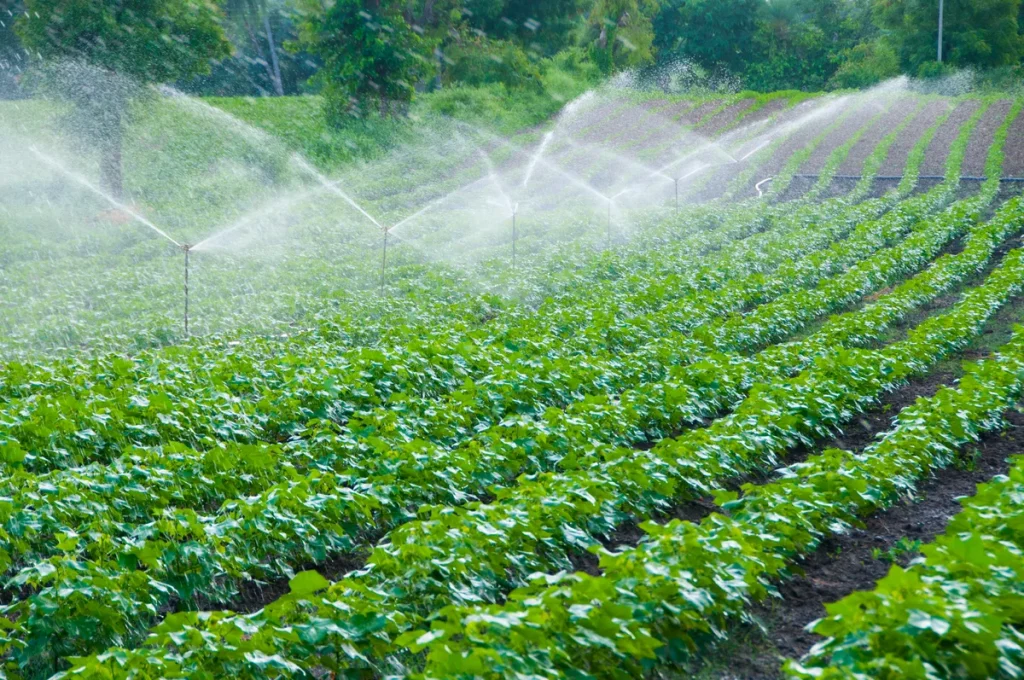
Causes of Water Waste in Agriculture
Water waste is one of the biggest causes of yield loss in agricultural production. Open canal systems, uncontrolled irrigation, and evaporation losses are particularly significant problems. In addition, incorrect product selection and outdated irrigation methods also increase water consumption.
Incorrect Irrigation Techniques
One of the most common causes of waste is the traditional “flood irrigation” method. In this method, water is applied to the field uncontrollably. As a result, a large portion evaporates without penetrating the soil.
Preventative Measures:
- Switch to drip or sprinkler systems.
- Schedule irrigation for early morning or evening hours.
- Use soil covers to reduce evaporation.
Common mistake: Adjusting irrigation frequency based solely on weather conditions. The main determining factor is soil moisture.

Effective Irrigation Systems and Technologies
Technological advances offer great opportunities for water conservation in agriculture. Automatic irrigation systems, in particular, prevent unnecessary consumption by measuring the amount of water with sensors.
Drip Irrigation Method
Drip irrigation is a technique that delivers water directly to the plant’s roots. This ensures that most of the water is used without evaporation. It is particularly effective in vegetable and fruit production.
Advantages:
- Provides up to 50% water savings.
- Facilitates fertilization and pesticide application.
- Keeps soil moisture balanced.
Sprinkler Irrigation Technique
In this method, water is distributed over the soil like rain. It provides even irrigation over large areas. However, efficiency may decrease in windy conditions.
Common mistake: Operating the system at high pressure. This causes the water to spread over the surface.
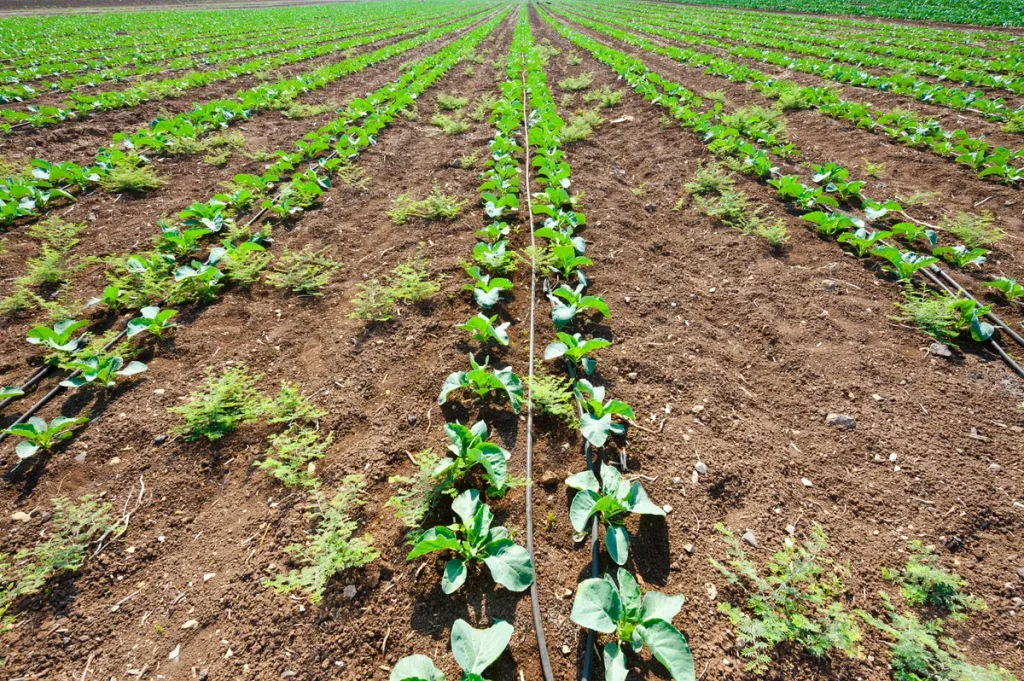
Soil Moisture Management and Measurement Technologies
Soil moisture levels are a decisive factor in irrigation planning. Over-irrigation leads to water loss and root rot. Under-irrigation reduces crop yields. Measurement technologies must be used to maintain this balance.
Sensor-Based Measurement Systems
Moisture sensors instantly measure the amount of water in the soil. These systems enable farmers to accurately determine irrigation timing and quantity.
Application Recommendations:
- Place sensors in different areas of the field.
- Monitor data digitally.
- Use systems that automatically stop unnecessary irrigation.
Common mistake: Failure to calibrate sensors regularly. This can lead to inaccurate measurements.
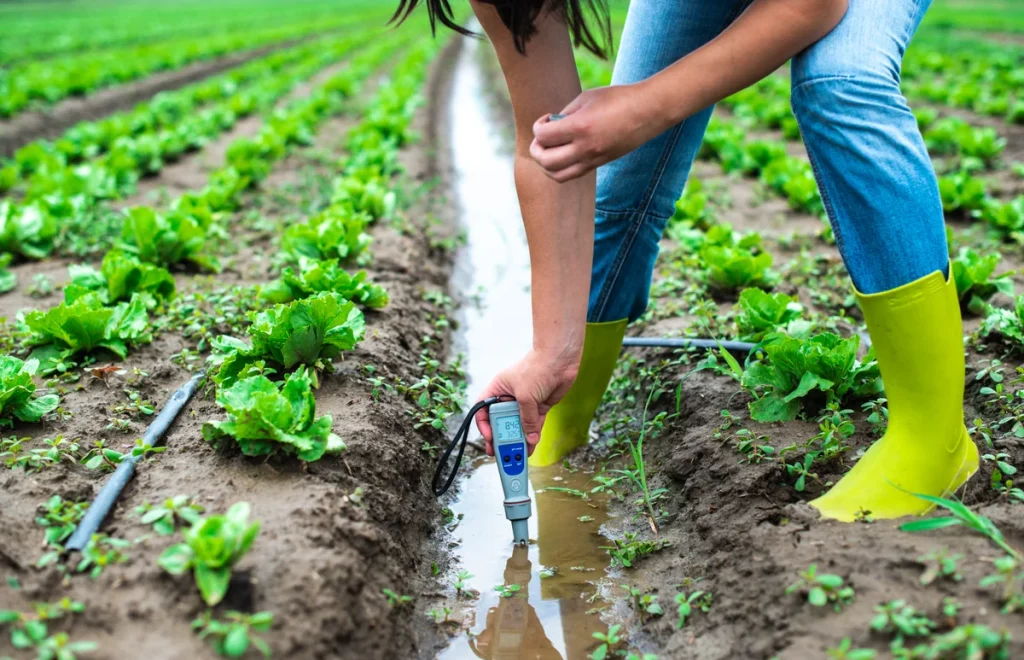
Plant Selection for Combating Drought
Choosing the right plants during periods of drought is one of the most effective ways to conserve water. Some plant species can thrive even with little water. These plants are both resilient to environmental conditions and support sustainable production.
Drought-Resistant Plant Species
In arid climates, plants such as legumes, lavender, barley, and sorghum can be preferred. These species draw water from deep soil layers thanks to their root structures. This eliminates the need for frequent watering.
Actionable Steps:
- Conduct regional climate analyses.
- Select drought-resistant local species.
- Use crop rotation.
Common mistake: Planting the same crop every year. This disrupts the soil’s nutrient and moisture balance.
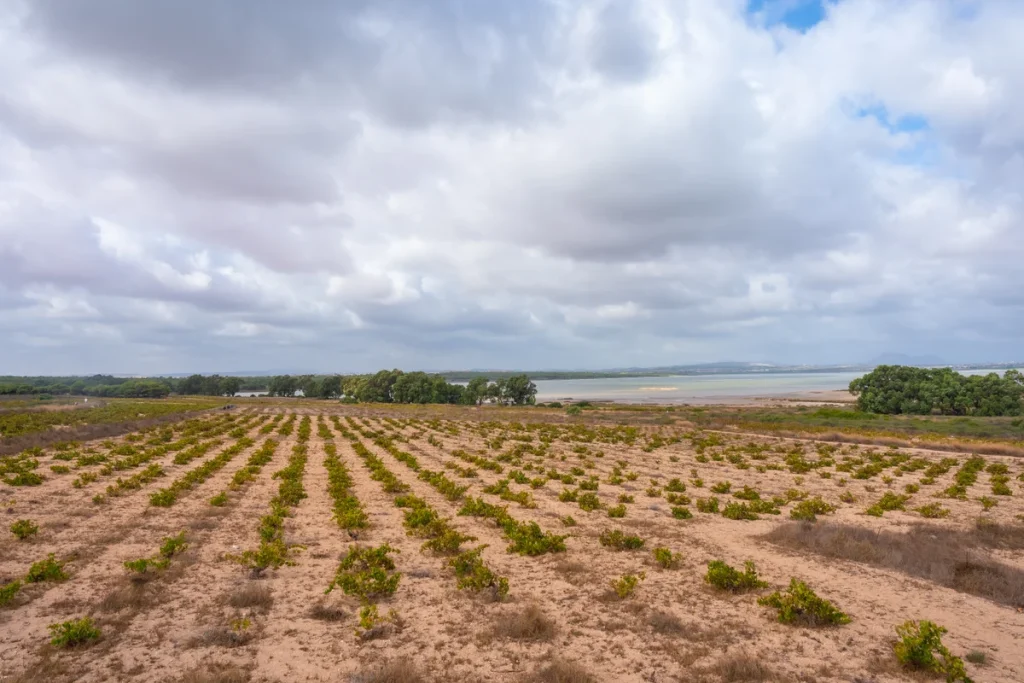
Rainwater Harvesting and Storage Solutions
Rainwater is a natural and free resource. However, most of this valuable water is often lost through surface runoff. Rainwater harvesting enables this resource to be reused for agricultural purposes.
Rainwater Collection Systems
In these systems, water is collected through gutters installed on roofs or greenhouses. It is then filtered and transferred to storage tanks. It can be used for field irrigation or animal watering.
Advantages:
- Supports water resources.
- Water accumulated during winter months meets irrigation needs in summer.
- Reduces the risk of flooding and erosion.
Tip: Maintain the collection system at least once a year. Keeping filters unclogged is important for water quality.
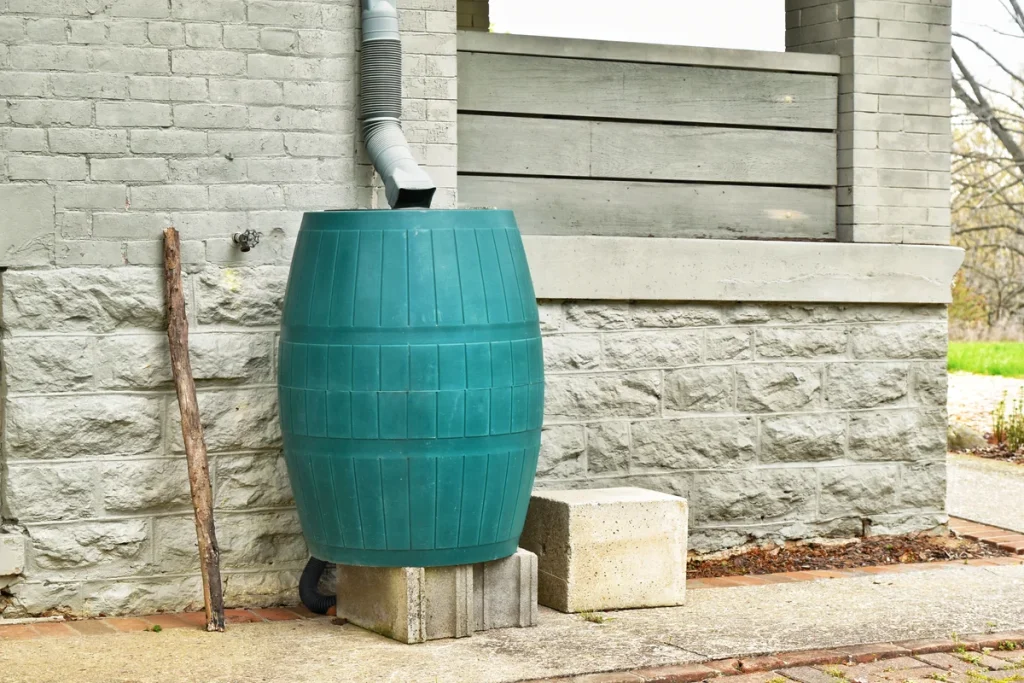
Agricultural Planning and Conscious Water Management
Water conservation is possible not only through technological systems but also through proper planning. Organizing crop patterns, creating irrigation schedules, and making data-driven decisions are the fundamental steps in this process.
Digital Agriculture Applications
Digital maps, weather data, and satellite imagery are revolutionizing water management. Farmers can now instantly see how much water each field needs.
Application Areas:
- Irrigation planning
- Soil moisture monitoring
- Plant growth analysis
Common mistake: Not keeping data up to date. Outdated data can lead to incorrect irrigation decisions.

Water Conservation Training for Farmers
No matter how advanced technology and systems become, it is human knowledge that makes the real difference. Raising farmers’ awareness about water conservation is fundamental to the success of all applications.
Training Topics:
- Use of modern irrigation methods
- Soil and plant analysis
- Water quality measurement techniques
- Drought management and crop selection
Real Example: Water management workshops held in some regions reduced farmers’ water consumption by 40%.
Common mistake: Training sessions being one-time events. Continuous education is essential for lasting behavioral change.

Summary
Water conservation in agriculture is not only an economic necessity but also an ecological imperative. Water usage can be significantly reduced through drip irrigation, sensor technologies, rainwater harvesting, and appropriate crop selection. Furthermore, raising farmers’ awareness forms the foundation of sustainable production. Small steps yield significant environmental gains.
FAQ – Frequently Asked Questions
Drip irrigation ensures that water reaches the plant roots directly. This minimizes evaporation loss and achieves water savings of up to 50%.
Plants such as barley, lentils, chickpeas, lavender, and thyme can grow with little water. These types are resistant to arid climatic conditions and enable sustainable production.
Yes. Small-scale systems can be set up with simple gutters and filter systems. They are particularly effective in greenhouse and garden farming.
Products are available at different price points, but sensor use pays for itself quickly in the long run by increasing water savings.
Excess water causes root rot and soil salinization. This reduces yield and increases disease risk.
Yes. However, internet and data access are required. Mobile-based solutions largely eliminate this obstacle.
Poor-quality water can lead to salt accumulation in the soil. This negatively affects product quality and yield.
Agricultural directorates and municipalities organize water management training and incentive programs. It is possible to benefit from this support.
Reducing irrigation frequency, using ground cover, and watering in the morning are effective measures.
Water resources are decreasing due to climate change. Therefore, efficient water use is becoming critical for food security.

 English
English
 Türkçe
Türkçe
 Ελληνικά
Ελληνικά
 Deutsch
Deutsch
 ქართული
ქართული
 العربية
العربية




